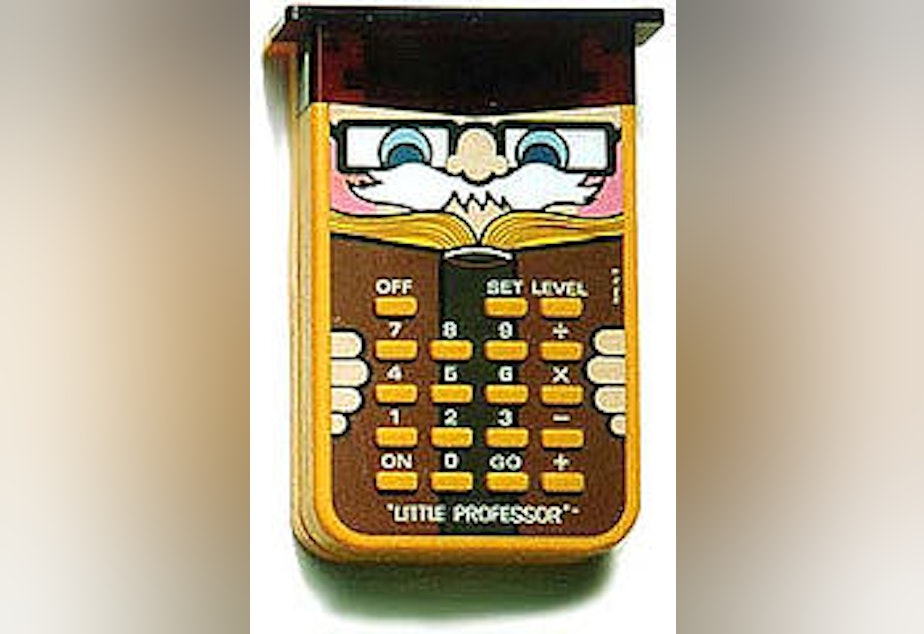Many Wash. Districts Have Been Exaggerating Graduation Rates

In 2011, the Washington Association of School Administrators named Mary Alice Heuschel Superintendent of the Year. In a promotional video for the award, Heuschel described how she helped transform the Renton School District in her five years as superintendent.
"We started with data. It was really an exercise in what is. What does the data tell us, and where do we need to go," Heuschel said in the video.
"In 2006, our graduation rate was a little over 74 percent. And for the last two years in a row, we have celebrated 93 percent. So we’re very proud of that," Heuschel said.
The following year, Renton boasted an even higher graduation rate: 94 percent.
That’s an extremely high rate for a high-poverty urban district. It's also extremely inaccurate: Renton’s actual five-year graduation rate that year was 79 percent. Only 78 percent of Renton students graduated on time, within four years.
The 94 percent rate Renton claimed was merely the district’s estimated five-year graduation rate. That’s the number both Washington gubernatorial candidates used in their campaigns last year, touting Renton’s academic success. And Jay Inslee, once elected as governor, quickly made Heuschel his chief of staff.
Until recently, the state gave districts a lot of leeway in how they tallied student enrollment. That allowed for some creative accounting.
For instance, a struggling 18-year-old might be counted as a 10th grader for the third year in a row, rather than a 12th grader who failed to graduate.
Special education students and English language learners who spent seven years in high school could be counted as on-time graduates.
Furthermore, the complicated formula for estimating each high school's graduation rate was based on its dropout rate in earlier grades. The formula failed to take into account whether a school held credit-deficient students back a grade. For example, an 11th-grade class with 20 dropouts in a given year could be back filled by 20 would-be 12th graders forced to stay back a year, thus shrinking the apparent dropout rate and inflating the estimated graduation rate.
Now new federal guidelines require states to count graduation rates the same way, by tracking a cohort of students from ninth grade through graduation day four years later.
"Across all of the districts statewide, the adjusted cohort, the new way of calculating graduation rates gives a slightly lower rate than the estimated cohort rates that we used to calculate," said Robin Munson, an assistant superintendent at the state Office of Superintendent of Public Instruction.
Munson said for the class of 2012, the statewide graduation rate changed just a few percentage points under the new method. The estimated five-year graduation rate was 83 percent, while the actual five-year graduation rate was 79 percent. Munson said that for individual schools and districts, the difference could be far greater, "but in all cases, we feel it yields a more accurate rate."
The state has been publishing both the old and new graduation rates for several years. That has allowed districts to publicize the more flattering rate – in Renton’s case, a difference of 15 percentage points last year.
Next year, districts won’t have that luxury.
No one in Renton School District responded to KUOW’s requests for comment.

